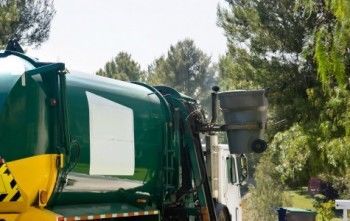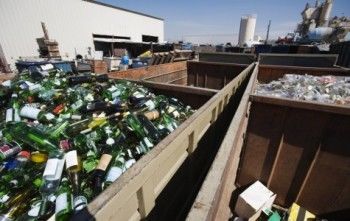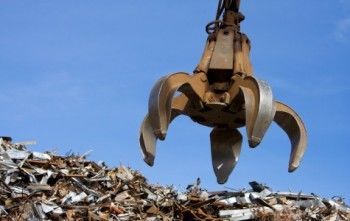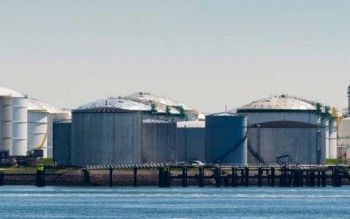The Environmental Protection Agency’s 2014 Annual Results
Each year the Office of Enforcement and Compliance Assurance U.S. Environmental Protection Agency (EPA) files its report on its fiscal year (FY) 2014. The EPA enforcement actions required U.S. companies to spend more than $9.7 billion in actions and equipment to control pollution. The EPA conducted more than 15,600 inspections, but its focus was on larger facilities, leading to fewer total inspections.
In 2014, the EPA’s enforcement actions obligated companies to commit to reducing pollution by an estimated 514 million pounds annually. Addressing the most sizeable sources of pollution first led the EPA to enforce coal-fired power plants and raw sewage discharges. Air toxic pollution violations resulted in 6.7 million pounds of reduction in air toxins. Due to more complex risk-based enforcement cases, there were significant environmental gains in 2014. More than 2,278 civil judicial and administrative cases, while the EPA concluded 2286 civil judicial and administrative cases.
Furthermore, in FY 2014, EPA enforcement actions resulted in more than an estimated $17 million in Supplemental Environmental Projects (SEPs), projects that are not otherwise legally required. This is when the defendant/respondent agrees to undertake for the benefit the community that was harmed by the violations. The number and value of SEPs vary significantly from year to year and can have a significant impact on the total SEP value.
The EPA’s actions required companies to commit to treating, minimizing, or properly disposing an estimated 711 million pounds of hazardous waste. EPA enforcement of our nation’s environmental laws is focused on large cases that drive compliance across industries and that have a high impact on protecting public health and the environment. The most recent large EPA enforcement cases include California’s East Bay MUD, Miami-Dade County, Florida, and the Metropolitan Water Reclamation District in Illinois all reflect this progress.
2014 enforcement accomplishments included:
- $9.7 billion: Spend in investments by companies (on actions and equipment) to clean up contaminated sites and control pollution.
- $163 million: Combined federal administrative, criminal fines and civil judicial penalties.
- $16 million: Spend on court-ordered environmental projects resulting from criminal prosecutions.
- $155 combined years: Incarceration for sentenced defendants.
- $453.7 million: Commitments to clean up Superfund sites from responsible parties.
Another one of the most significant cases this year was that Lowe’s Home Centers agreed to a corporate-wide compliance program ensuring contractors in the U.S. follow laws to protect children from dangerous exposure to lead paint.
Chesapeake Appalachia agreed to restore damaged wetlands and streams resulting from its operations, and they will implement a comprehensive plan to comply with water protection laws.
One of the world’s largest producers of titanium parts for jet engines, Titanium Metals Corporation agreed to pay a record $14 million civil penalty. This will prevent the improper disposal of 56 million pounds of hazardous waste and 84,000 pounds of PCB-contaminated waste each year.
Finally, there are settlements with three Wisconsin Electric Power Company and Minnesota Power for cutting emissions from coal-fired power plants. Companies must now control pollution and conduct innovative mitigation projects that promote renewable energy development and protect clean air for local communities.
The EPA is reducing unsafe air toxins released from industrial flares at refineries and chemical plants, requiring companies to implement cutting-edge monitoring and pollution control technologies. These efforts are helping to equip low-income communities with monitoring data while reducing toxic air pollution from the facilities for residents living nearby.
Private party cleanup commitments exceeded $600 million in 2014. The total dollar value of cleanup commitments is driven by settlements requiring responsible parties to conduct or pay for the cleanup.
The EPA has also been working closely with many U.S. cities to illuminate the discharges of raw sewage and contaminated stormwater into the country’s waterways through integrated planning, green infrastructure, and other creative methods.
To sum it up, the EPA is doing its part to mitigate damage to our environment. As a result, companies of all sizes are required by law remain compliant. ProComplianceWare addresses the four “R’s” faced by businesses or facilities with a multitude of compliance requirements:
- REGULATION: With thousands of regulations, facility-specific permits and many regular inspections and sampling work to be performed, it’s difficult for businesses to track all the requirements relating to environmental, health, safety and sustainability compliance.
- RISK: Even with the most skilled staff compliance issues are missed, inspection reports lost and agency submissions overlooked. Millions of dollars in penalty fees are assessed to businesses every year.
- RESPONSE: ProComplianceWare is a comprehensive system which provides for displaying all applicable regulatory requirements, linking needed inspection forms, archiving completed reports, and issuing email reminders for all required actions.
- RESULT: ProComplianceWare reduces the risk of non-compliance and the commensurate financial impacts from penalties and fines.
This cost-effective, easy-to-use Web-based environmental compliance and risk management solution, helps companies remain in compliance to avoid penalties and fines from ever-expanding government environmental regulations. ProComplianceWare (PCW) delivers cloud-hosted compliance permit and report organization, advance email notices for compliance due dates, searchable document archives, and sophisticated training programs.
For more information or to get a demo, please fill out this form, and someone will get back to you shortly for our detailed presentation, including all the administrative functions in ProComplianceWare.











Leave a comment